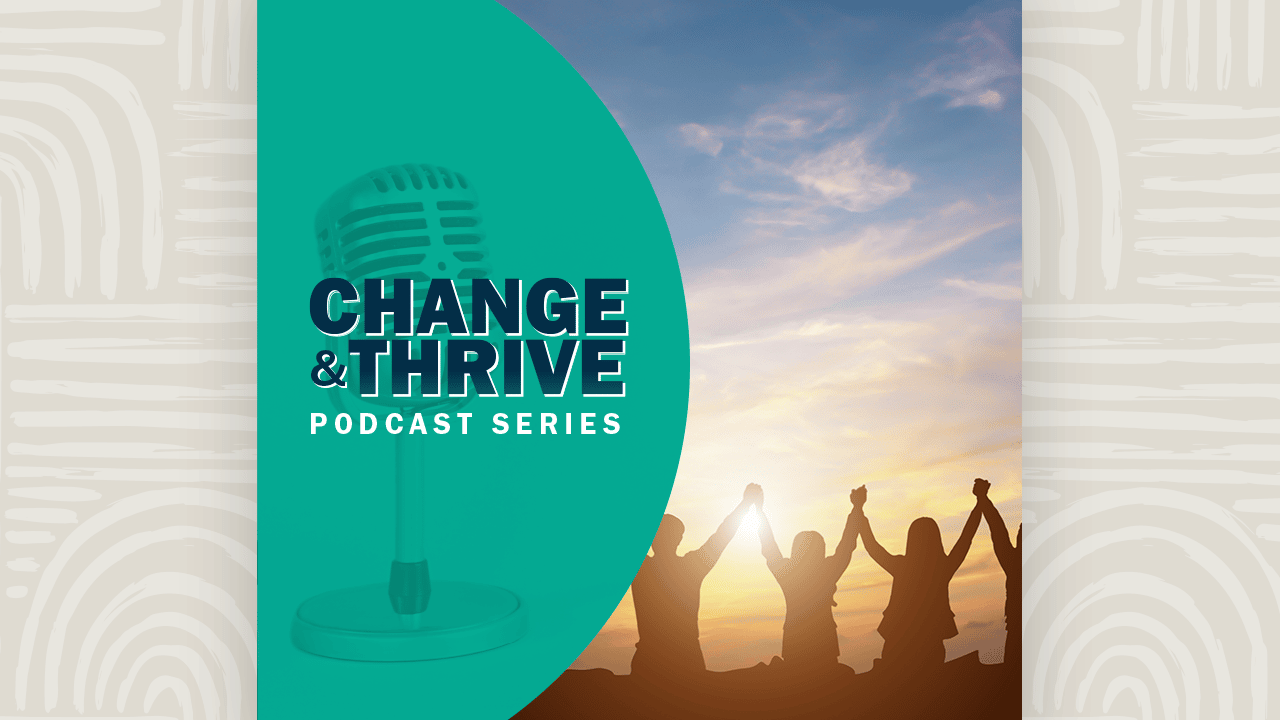The onset and progression of the COVID-19 pandemic puts the Life Sciences industry on center stage. First, life sciences companies are moving fast to bring therapies and a vaccine. Second, customer-facing field teams are altering how they work to ensure medicines and services are reaching patients in the disruptive and evolving healthcare marketplace.
Senior executives, even from their remote locations, are working together to re-assess the marketplace, re-imagine the strategic direction, and formulate plans to re-engage with customers. The net impact – change is everywhere and will remain a constant going forward.
As decisions are being formulated it is time to return to a key principle from change leadership 101. Leaders must address the impact of change on three levels – at the organizational, team, and individual levels. Careful attention to each level of a business is imperative during times of change, and this tiered method targets risks, reduces resistance, and builds alignment around shared goals and objectives.
Below are practical considerations and tips when addressing the impact of change on three levels:
1. Organizational. At the organizational level is where senior leaders must keep the big picture in mind. The focus here is on the strategy, structure, key processes, and key messages.
- Define and communicate the vision and strategy so there is a common language
- Take the time to build commitment to the vision and strategy to reduce resistance
- Ensure rewards and recognition structures align with the new strategic direction
- Helps leaders to embrace change, communicate a compelling vision, and coach their reports through transition
- Stay true or redefine organizational values
2. Team. As changes are planned and announced, leaders need to translate the broader strategic goals to the team level. It is not uncommon to have new teams, new leaders, or new ways of working. Take the time to:
- Translate and communicate the vision – what does it mean for our team!
- Focus on accelerating team performance by “Jump Starting the Team” to align on new work priorities, shared goals and action plans
- Establish agreements on ways to work together effectively and agree to how we work together
3. Individual. As organizations undergo change it will be important to focus on how individuals experience change by acknowledging that everyone goes through transition differently. Make sure your organization:
- Develops personal change agility skills of balance, speed, and flexibility
- Clarifies roles and responsibilities so individuals know what is expected
- Looks for and reward desired behaviors
- Provide transition coaching to meet each employee’s unique needs, concerns, and strengths
The global pandemic is placing pressure on life sciences businesses to react to a rapidly evolving economy and constantly changing consumer demands––now more than ever. Organizations must institute structured plans and improve change agility capabilities on every level to overcome the ever-increasing obstacles to successful change.
As your organizations navigate these uncertain times and make changes, remember to address the impact of change on three levels. Targeting each structural level is crucial to achieving desired results.
WLH Consulting, Inc. has worked with leaders across the industry and gained expertise in change agility by working on hundreds of large-scale consulting engagements spanning nearly 30 years. Please share your situation so we can help your organizations, teams, and individuals Change and Thrive.
All the best,
Wendy L. Heckelman, Ph.D.
I WANT TO HELP YOU CHANGE AND THRIVE!
